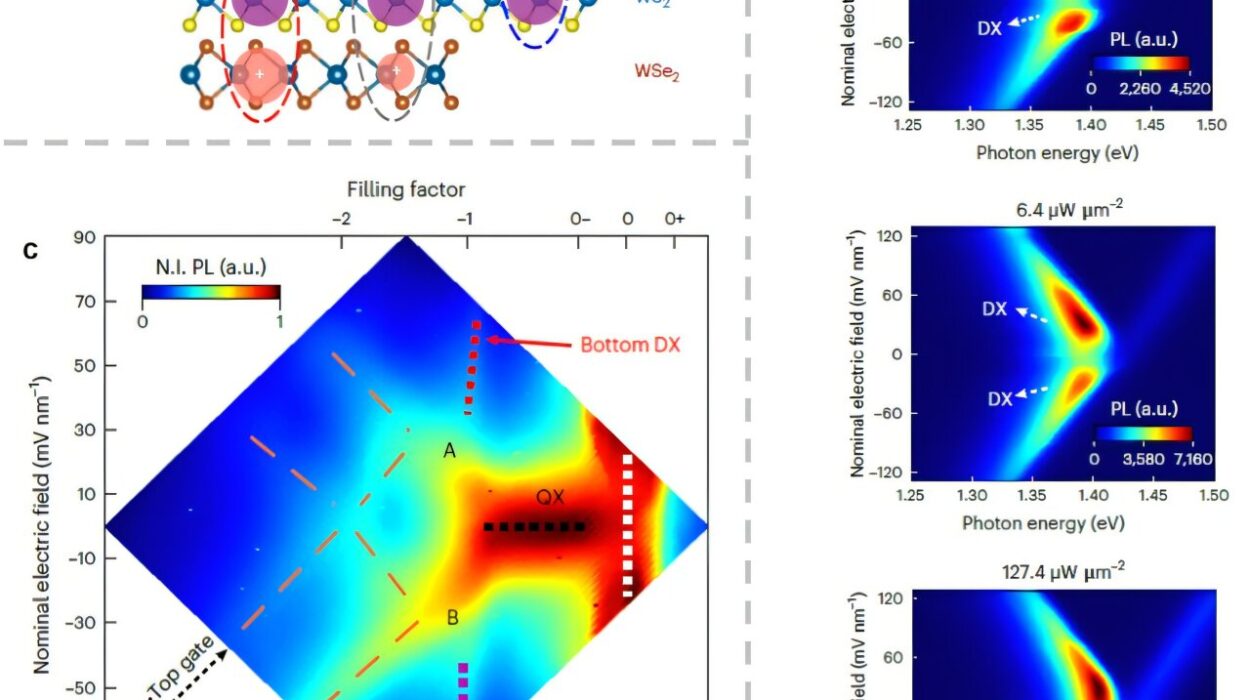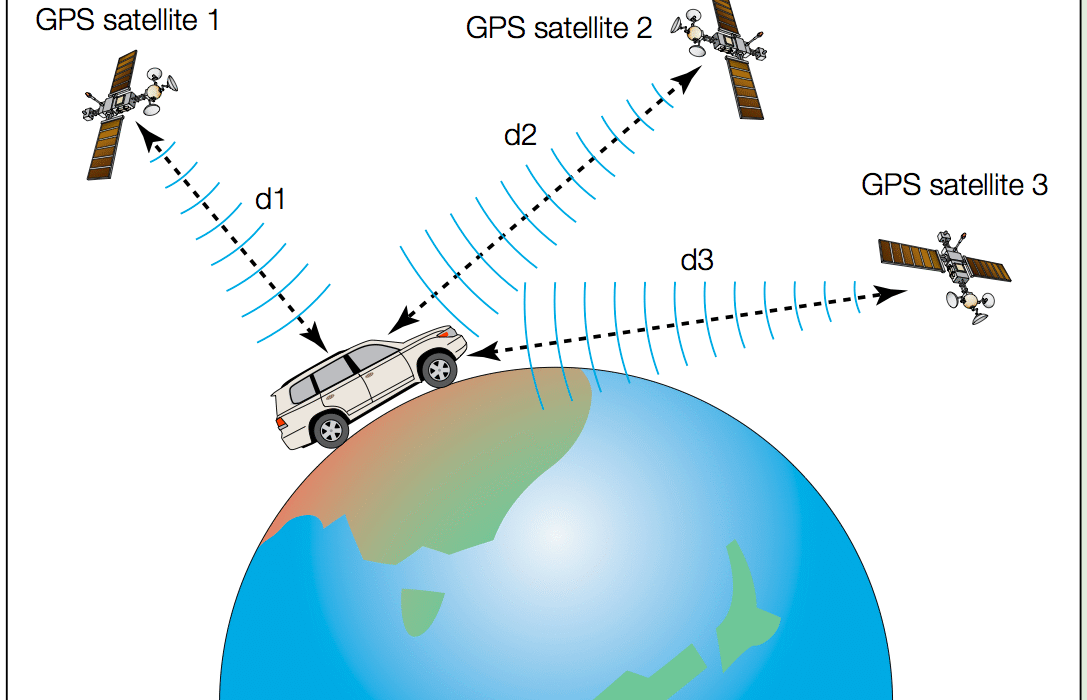For over a century, scientists have been fascinated and sometimes baffled by the behavior of light as it passes through materials. The interaction of light with matter—a process known as scattering—forms the foundation of technologies ranging from fiber optic communications to medical imaging. Yet, one subtle aspect of this phenomenon has long remained mysterious: the so-called “imaginary” part of the time delay when light transitions from incoming to outgoing waves.
This part, though a regular real number multiplied by the square root of minus one (denoted by the symbol ii), has been largely ignored by physicists, deemed “unphysical” or meaningless. Recent work by researchers at the University of Maryland has now brought clarity, revealing that this imaginary component is not just a mathematical quirk, but a physically meaningful quantity connected to the frequency shift of light as it interacts with a medium.
The Puzzle of Complex Time Delays
When light encounters a material—be it glass, water, or even a complex quantum system—it doesn’t simply pass through unchanged. The incoming light wave is transformed by the medium, emerging as an outgoing wave with altered properties. Scientists describe this transition mathematically using the scattering matrix, or S-matrix, which encodes all possible ways that incoming waves can be converted into outgoing ones.
For decades, physicists understood the real part of the time delay given by the S-matrix: it tells us how long light spends inside the material. But the imaginary part, the component associated with ii, remained puzzling. Though it appeared consistently in calculations, it seemed to have no physical interpretation. Researchers were left scratching their heads, often discarding it as irrelevant.
From Theory to Discovery
The first hints that the imaginary part might carry physical meaning came from a 2016 study led by M. Asano in Nature Communications. This work suggested that for light pulses meeting certain conditions—narrow frequency ranges and linear, dispersive media—the imaginary component corresponds to a frequency shift in the light pulse. In other words, as a wave traverses a material, the center frequency of its Gaussian-shaped pulse can shift slightly, and this shift is encoded in the previously “unphysical” imaginary part of the S-matrix.
The conditions are not exotic. The pulse’s frequency bandwidth must be small, the scattering system must be linear, and the medium dispersive—meaning the wave’s speed depends on its frequency. Under these circumstances, the mathematics predicts that the imaginary time delay directly represents the frequency shift of the pulse’s center, a subtle but measurable effect.
Testing the Theory with Microwave Experiments
To confirm the prediction, physicists Isabella L. Giovannelli and Steven M. Anlage of the University of Maryland conducted experiments using a specially designed scattering system called a two-port microwave ring graph. This device consists of a closed loop waveguide in which microwaves circulate, forming standing wave patterns when the loop’s circumference matches an integer multiple of the wavelength. Ring graphs like this are commonly used in filters or switches.
Their experimental setup consisted of two coaxial cables of slightly different lengths, joined by T-junctions, forming a loop in which microwaves could resonate. They sent narrowband microwave pulses with a center frequency of 5 gigahertz (GHz)—twice the frequency commonly used in microwave ovens—through the ring. Using a frequency-domain measurement technique, they analyzed the amplitude and phase of each frequency component of the outgoing waves.
The results were striking. They measured a time delay of -7.95 nanoseconds, indicating how the pulse lingered in the system, and observed a frequency shift of 0.48 megahertz (MHz) for the center of the pulse’s Gaussian curve. These results were in excellent agreement with Asano’s theoretical predictions, confirming that the imaginary component of the time delay indeed has a physical meaning.
Why This Matters
This discovery is more than a mathematical curiosity. Time delays and frequency shifts are critical in a wide range of applications. In fiber optics, for example, understanding the group delay—the time taken by a pulse to travel through a cable—affects data transmission rates and signal integrity. In quantum physics, phase evolution and time delays influence how quantum states evolve, crucial for quantum computing and precise measurement technologies.
By interpreting the imaginary part of the S-matrix as a frequency shift, scientists now have a new tool for predicting how waves behave in complex systems. The Maryland team points out that this allows not only for better understanding of reflection time delays but also for analyzing differences in time delays in more complicated scattering scenarios, paving the way for improved design of optical devices and advanced quantum experiments.
A Window into the Hidden Dynamics of Light
The findings underscore a broader lesson about physics itself: sometimes, the answers lie where we least expect them, hidden in the mathematical formalism we previously dismissed. What was once ignored as an “unphysical” quantity now provides a tangible insight into how light interacts with matter.
In essence, every wave carries a story, and even the parts that seemed imaginary turn out to have real consequences. The imaginary time delay is a subtle, yet measurable, shift in frequency—a whisper of the wave’s journey through the medium. Understanding it helps bridge theory and experiment, illuminating the hidden dynamics of waves that underpin modern technologies, from telecommunications to quantum computing.
Looking Ahead
With this confirmation, the physics community can now approach scattering systems with renewed confidence. The once mysterious imaginary component can be leveraged to predict wave behavior in new systems, from photonic crystals to metamaterials. As experiments become more precise, even more subtle effects—previously deemed purely theoretical—may find practical significance.
In the dance of light and matter, nothing is truly imaginary. Every number, every calculation, carries with it a piece of reality, waiting for the right experiment to reveal its meaning. Thanks to the pioneering work of researchers like Giovannelli and Anlage, one of the last “mysteries” of wave scattering has found its voice, telling us not only how long a wave lingers but also how its frequency subtly changes, a testament to the depth and beauty of the physics that surrounds us.
More information: Isabella L. Giovannelli et al, Physical Interpretation of Imaginary Time Delay, Physical Review Letters (2025). DOI: 10.1103/nnk7-xy4v






